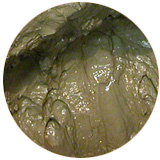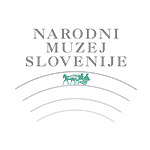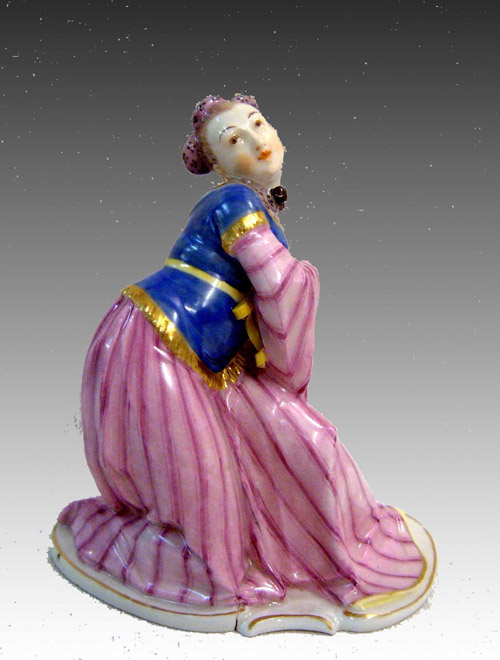

|
|
|
CERAMICS AND GLASS STUDY COLLECTION, 15. May - 28. September Opening hours Curator: Mateja Kos Objects which are important landmarks in history of shaping ceramics
in Slovenia and Europe are exhibited in this collection. Particularly
those are selected which are in appointed time inovative because
they introduce new technics and are characteristic for the time and
region. Objects arranged by typological characteristics and function
(pharmacy dishes, artistic objects, coffee and tea services, plates,
figurines, etc.). Inside each group chronological curve from the
oldest to the youngest is outlined. Some connections between objects
are polemic as for example jug for wine - majolica, while others
are formative and technological for example whiteclay ceramics. The
oldest object at the exhibition is from prehistory and the youngest
from the beginning of the 21st century. Selected objects reflect
rich tradition and top-level quality of pottery, industrial and unique
ceramic shaping in our space.
Traditional and contemporary ceramics in Slovenia In Slovenia shaping ceramics has a long, millennial tradition. Through different periods richness of shapes and ornaments developed which is connected not only with practicability of objects but extends over boundaries of everyday life and flirts with art. Maybe National museum of Slovenia - Metelkova is suitable scene of the first international triennial UNICUM 09. When we compare achievements of artistic ceramics with tradition we can read the evolutional line of shaping ceramics in two ways: from the oldest to the most recent and the other way round from contemporaneity we hollow into distant past. In this way the history of ceramics interweaves into thread with which creativeness of our ancestors is connected to the contemporaneity and aspiration for practicability is exchanged with aspiration for art. In last decades lots of things were written about national pottery. This handicraft activity that many masters, educated in the spirit of guild organization and family tradition, did and many still do perform is strongly anchored in our consciousness. Traditional decorative patterns and shapes attain top-level quality and are organic connected with the relation for Slovenian tradition, for our roots. National pottery is the segment of ceramic creation which similar as Slovenian drying-frame and majolica attaches to nostalgic slovenity, to national consciousness, to all-presence of our heritage. Comparing with pottery industrial and artistic ceramics passed for less creative, less original activity, for something artificial, discordant with Slovenian tradition. Especially industrial ceramics was seen as destroyer of traditional handicraft skills for a long time. More than three decades ago researching of Slovenian industrial
ceramics got a new impulsion, specially researching of products from
factories which were officiating in our territory from the middle
of 18th century till today. It is about industrial sector which as
one of the firsts passed over to serial production (above all thanks
to Englishman Josiah Wedgwood) and connected with new profession
- industrial design. Among most important ones are factory of white-soiled
ceramics of Žiga Zois in Ljubljana, ceramic factory in Kamnik which
was recently after more than 150 years closed and ceramic industry
Liboje. All of them were achieving top-level results, factories from
Ljubljana and Celje were even on top of Central European ceramic
production. Because of connections with Secondary school for art-
trade and with professors that instructed there, also factory Dekor
from Ljubljana achieved top-level results. Dr. Mateja Kos |


 National Museum of Slovenia - Metelkova, Maistrova 1, 1000 Ljubljana
National Museum of Slovenia - Metelkova, Maistrova 1, 1000 Ljubljana